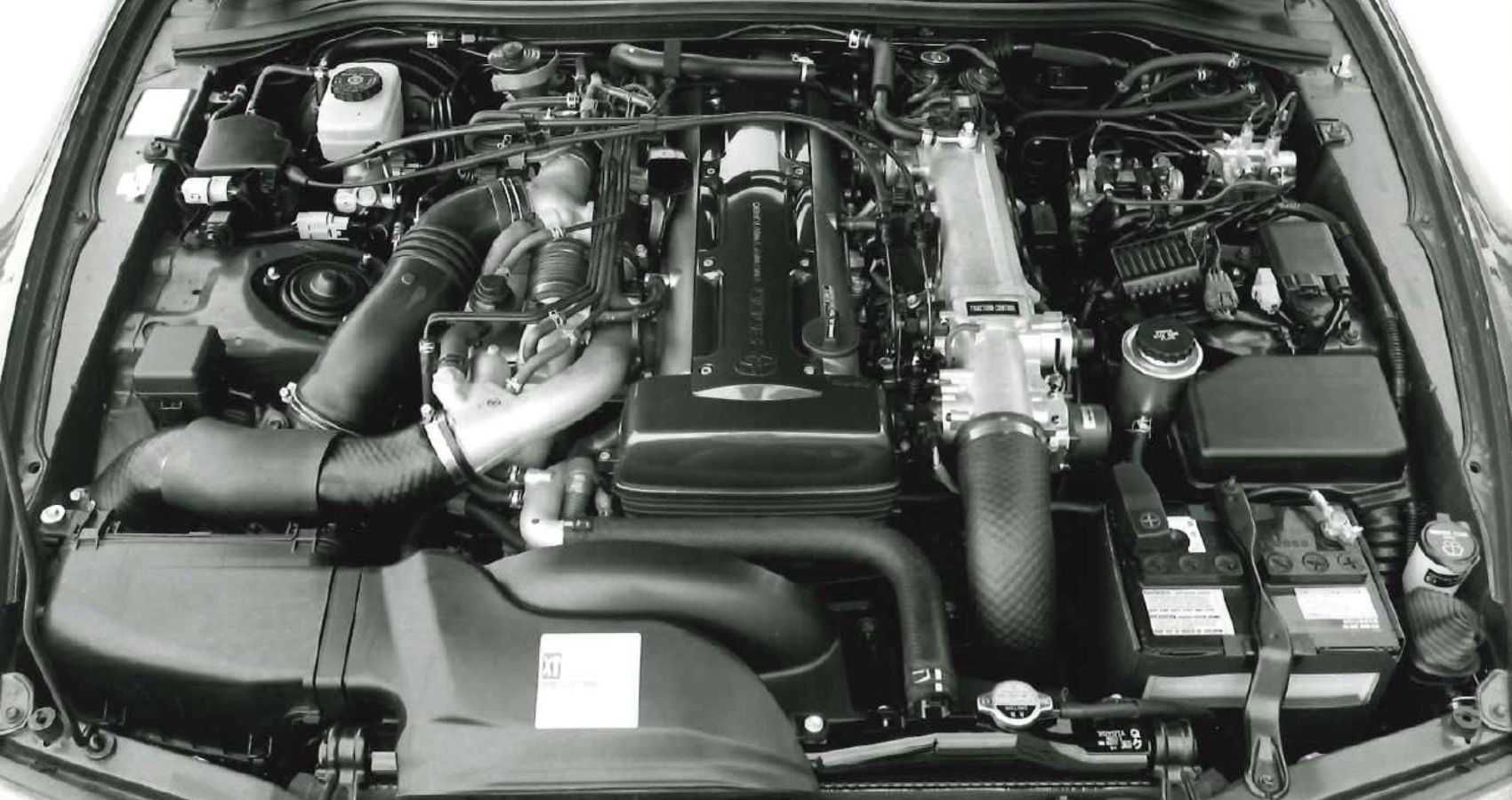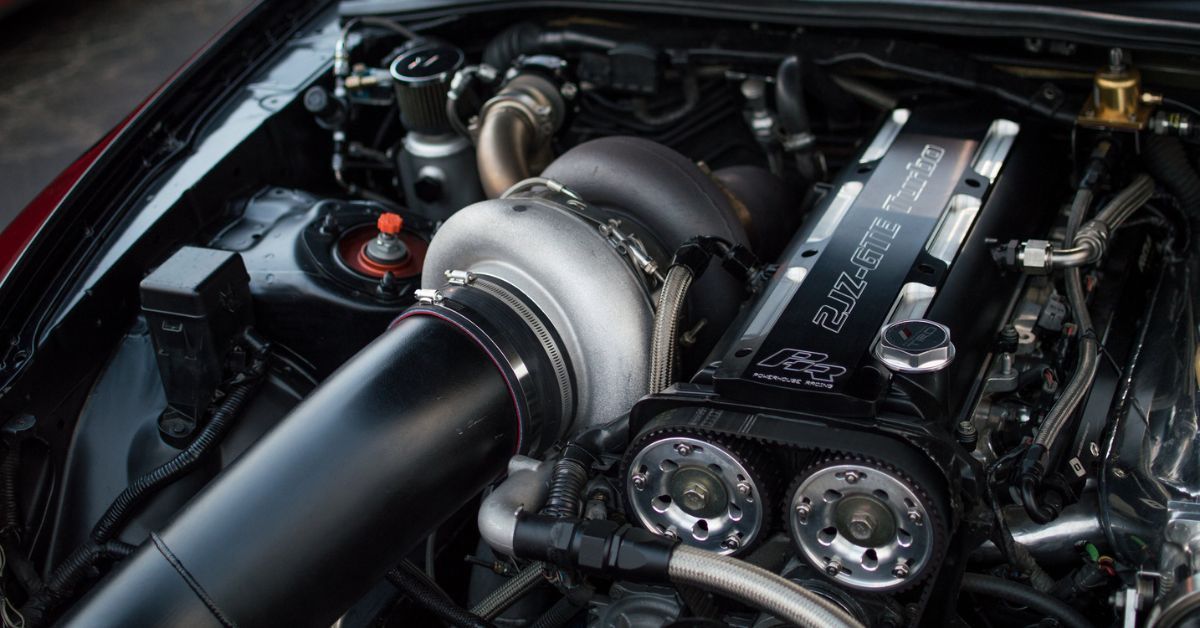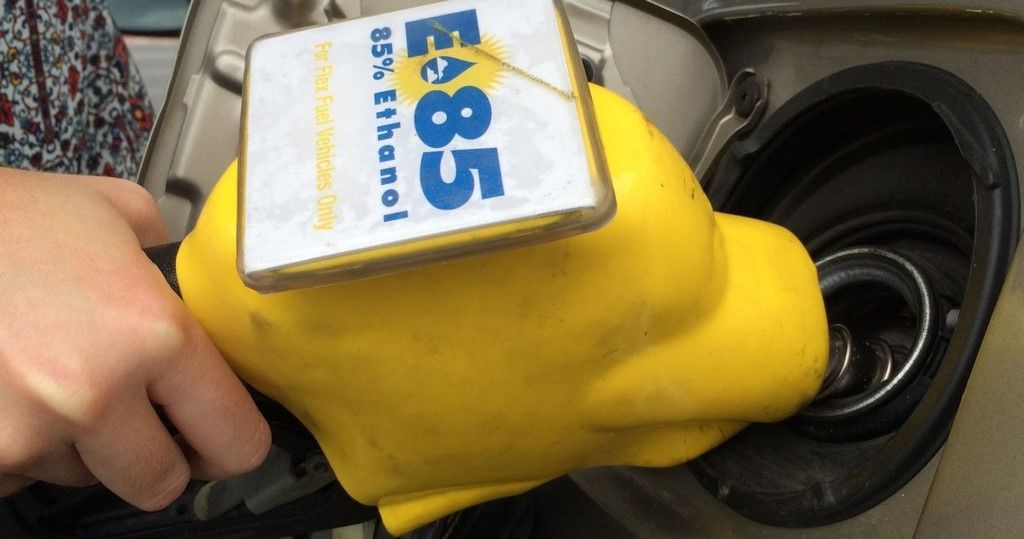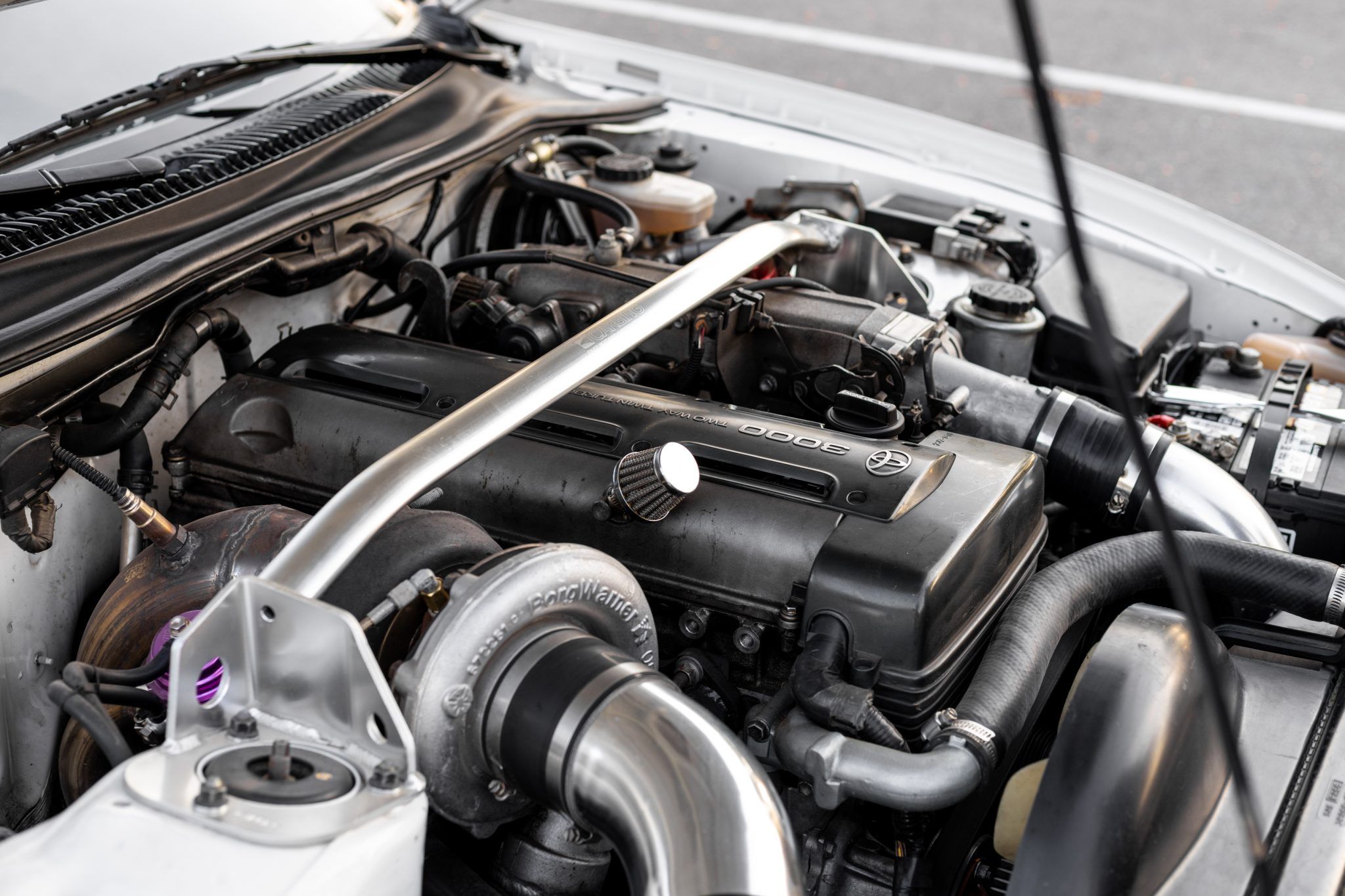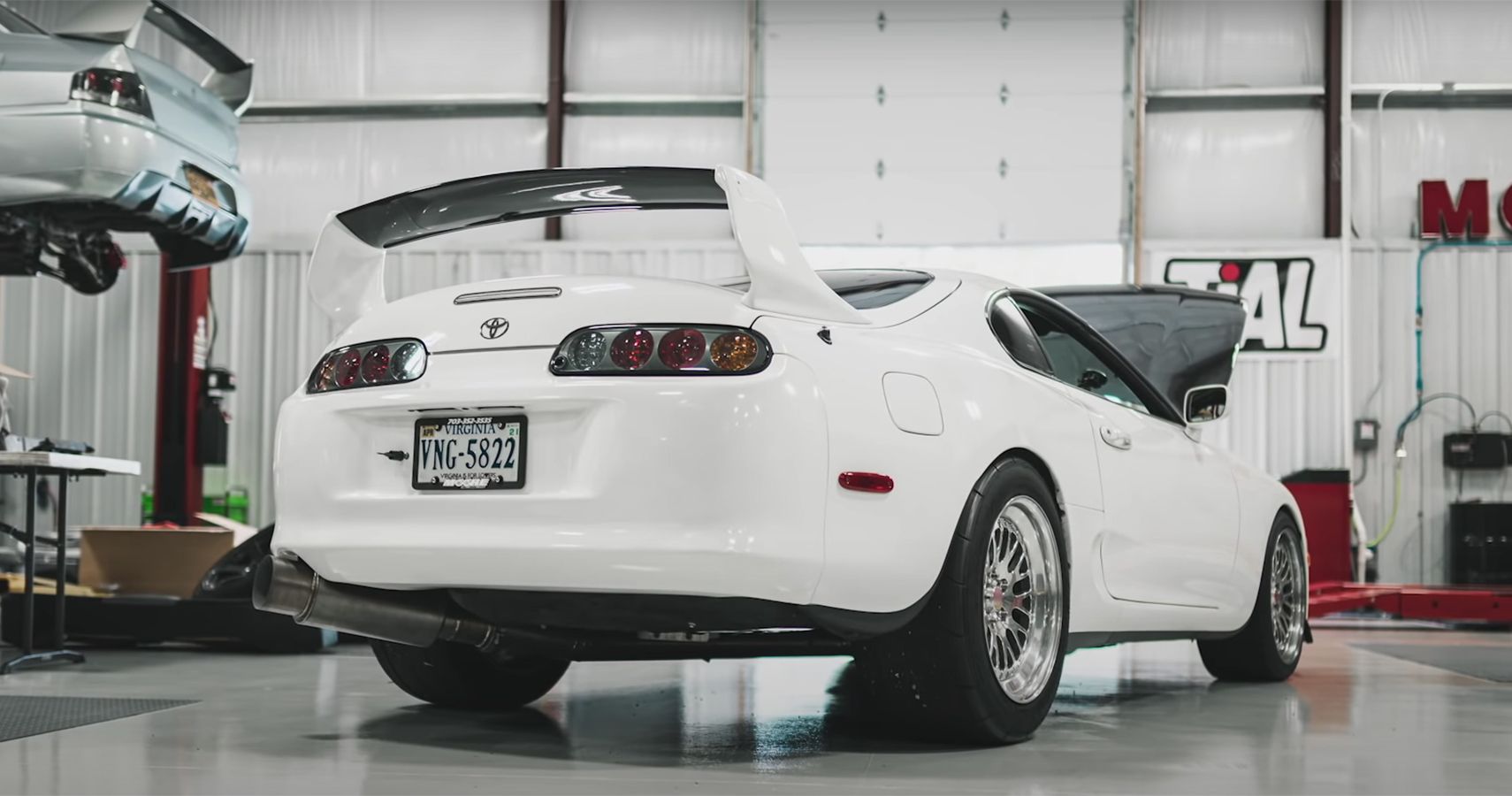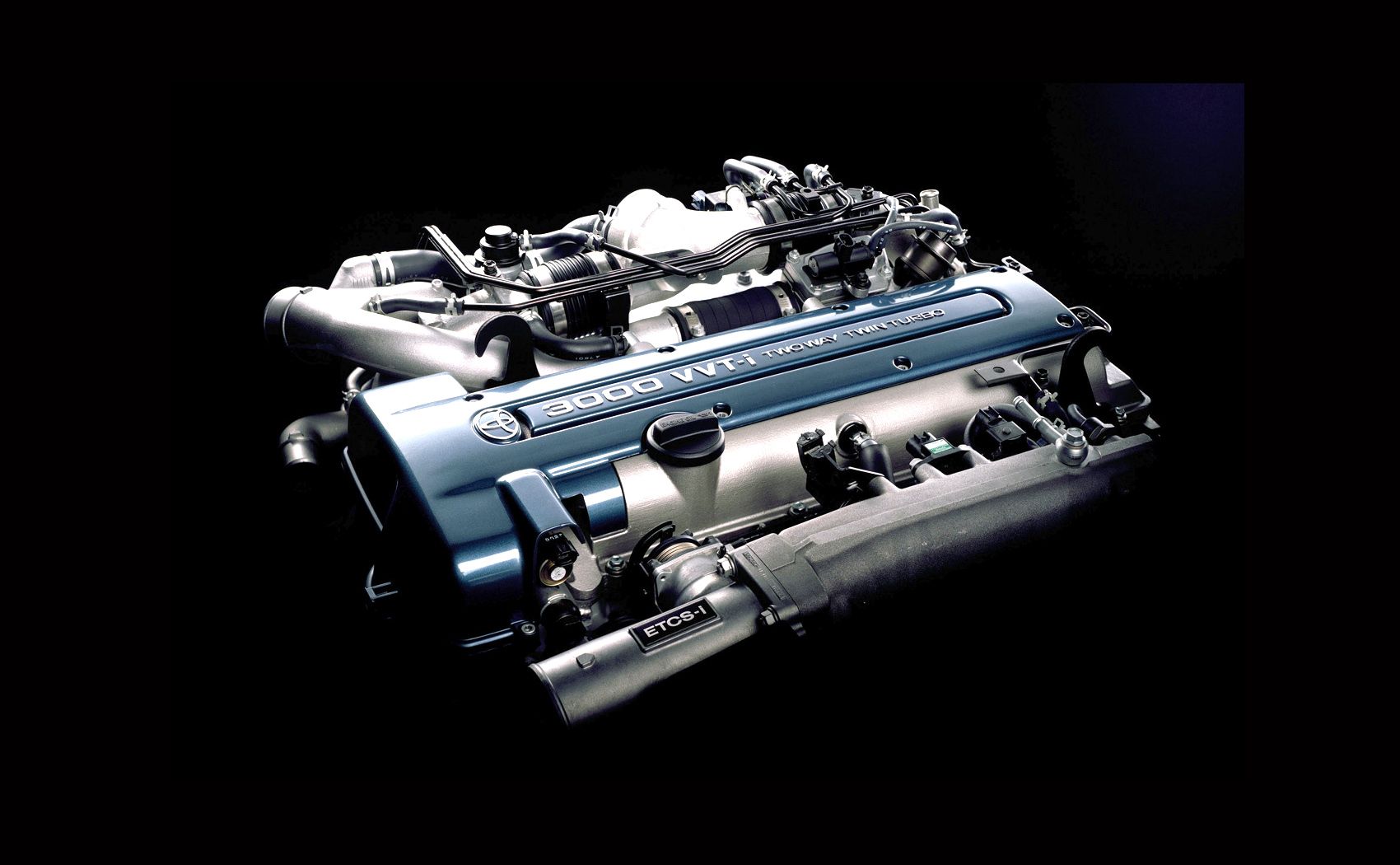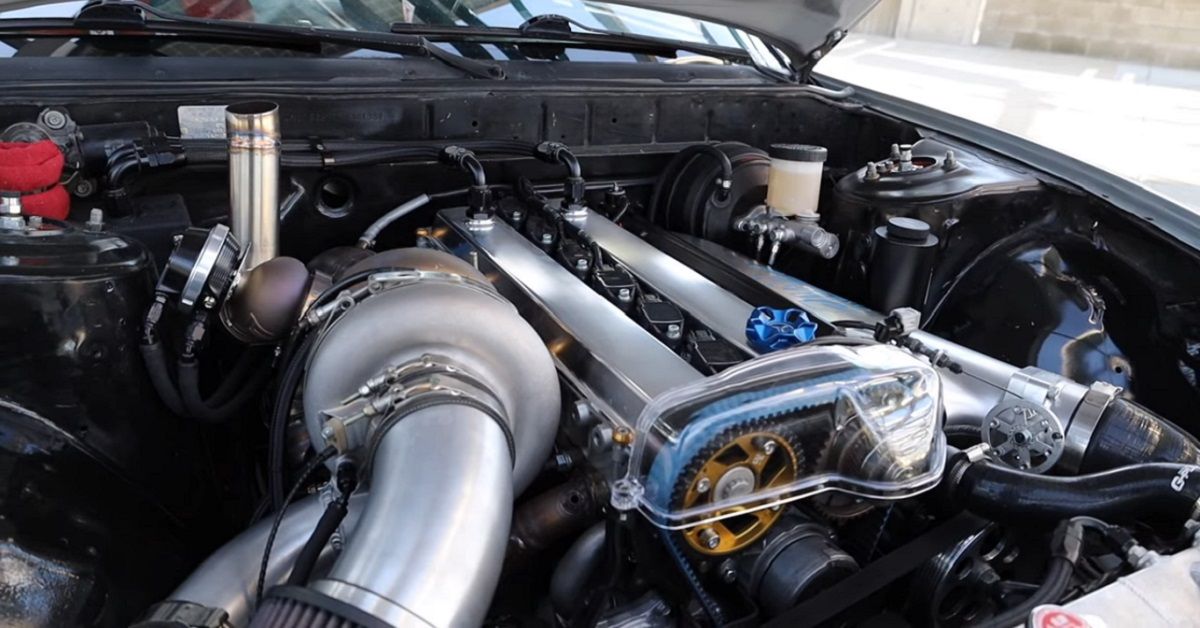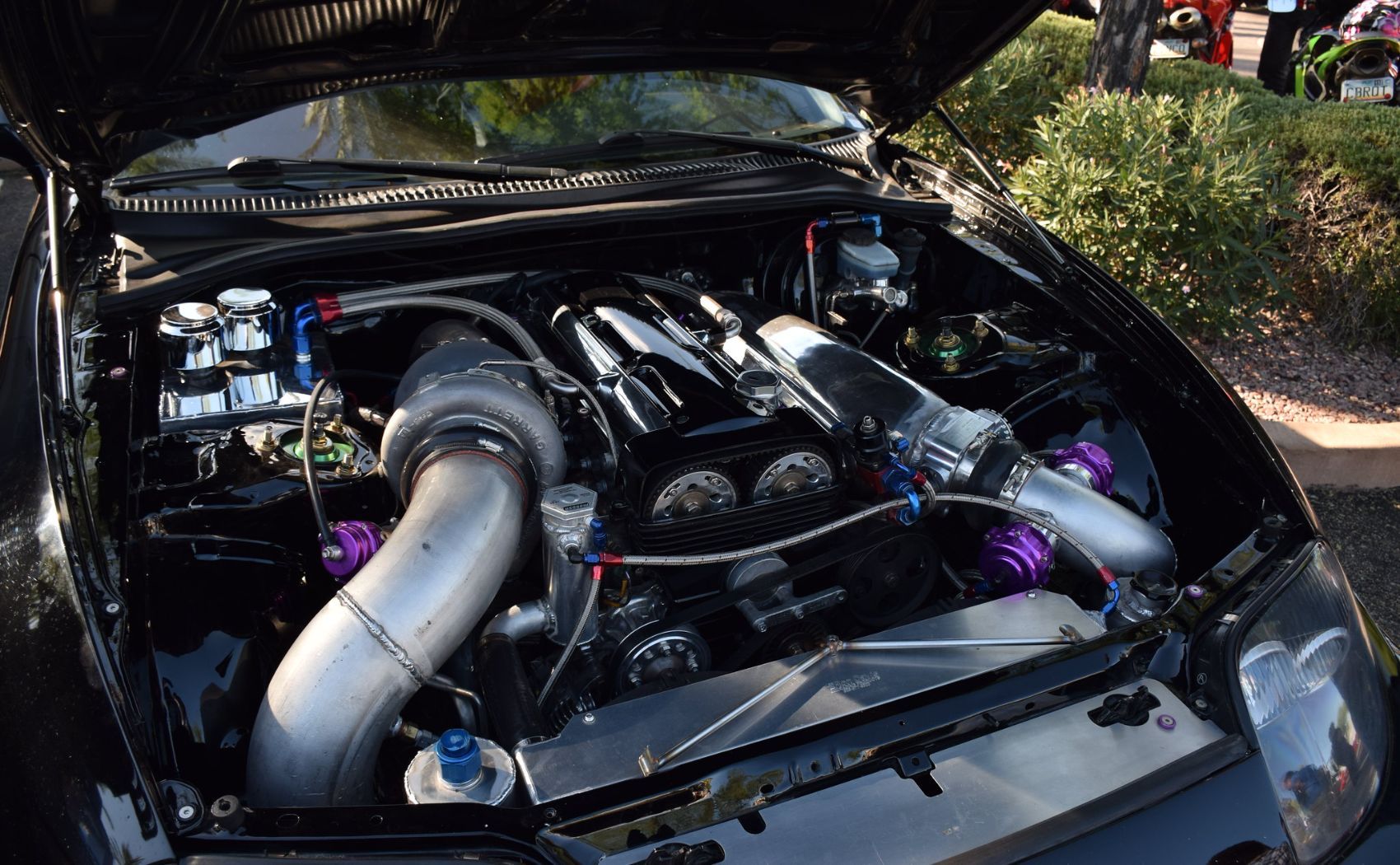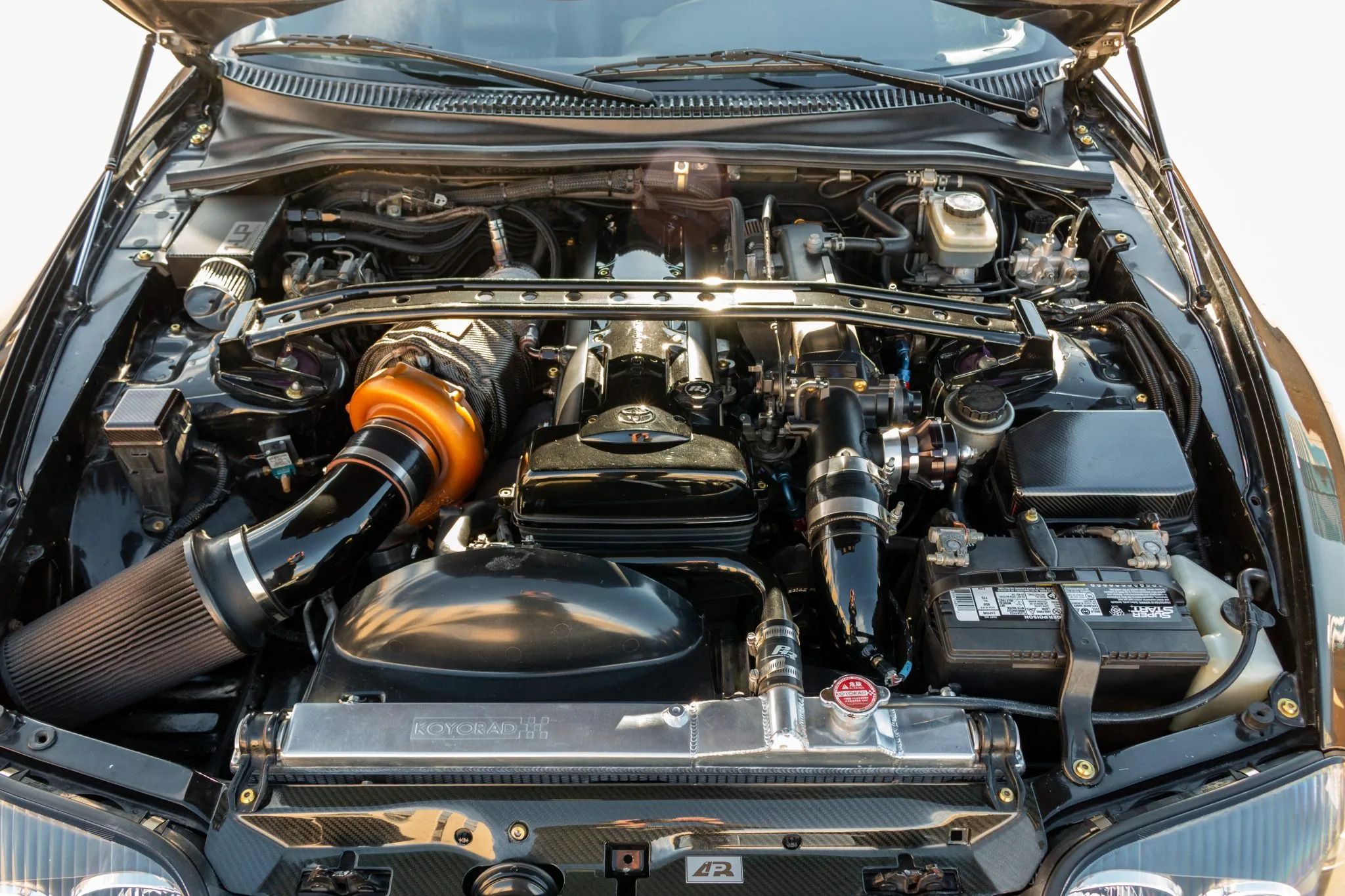Among legendary car engines, one of the most revered and iconic of all is without a doubt Toyota’s 2JZ powerplant, built from 1991 to 2007. Throughout that period, two versions of the 2JZ appeared in plenty of well-known models such as the Lexus IS 300, Lexus SC 300, and of course, the Mk4 Toyota Supra.
The 2JZ comes in the form of a 3.0-liter inline-six cylinder with two different configurations. The first, known simply as the 2JZ-GE, is the naturally-aspirated variant, with a power output that ranges from 212 to 227 horsepower. Then there’s the most desirable 2JZ-GTE, which uses twin turbochargers to deliver between 276 and 320 horsepower.
But the 2JZ-GTE isn’t just known for its base power, and in fact, the engine is mostly famous because of its excellent build quality, allowing it to withstand far more power than its factory output in what makes for one of the best tuner engines in existence. Here are 10 things you should know before upgrading your 2JZ.
10 Know The 2JZ Engine And Turbo's Health
Before diving into tunes, it’s always important to pinpoint the current state of your 2JZ engine, especially since it’s an older powerplant. While the stock 2JZ-GTE produces 320 horsepower and 320 pound-feet of torque, age inevitably hinders its capabilities, resulting in a significantly lower current output. Running a dyno test on your car should help you find out how much base power your 2JZ makes, and you should also check each individual component to ensure that everything’s fit to handle more power.
9 E85 Enhances The 2JZ’s Performance
Just like in most engines, using E85 fuel instead of regular fuel improves the performance and longevity of the 2JZ-GTE. According to Eflexfuel, E85 can boost your engine’s horsepower by up to 20% since it has a higher octane concentration, which translates to a faster ignition time. This becomes even more important after upgrading the 2JZ, because that 20% difference could easily translate to 100 extra horses.
8 Early Stages - BPU Bolt-Ons For The 2JZ Boosts Performance Figures
There are a variety of modifications that can boost the 2JZ’s performance figures, but the impact of each one varies, and it ultimately comes down to how much power you want your car to make, and how much you’re willing to spend. One of the quickest and easiest tunes for the 2JZ-GE and 2JZ-GTE is a BPU, as in boost pressure upgrade. This means upgrading the 2JZ’s entire turbo back exhaust system - downpipe, catback, as well as implementing a boost controller to calibrate boost pressure and an ECU override. A BPU upgrade in the 2JZ maximizes the efficiency of its stock turbos for increased power.
7 Upgraded Fuel System For Toyota’s 2JZ Engine Facilitates Power Production
No matter how much power you're striving to achieve by modding your 2JZ, upgrading your system’s fuel delivery will produce an immediate impact and facilitate power production. If you can afford it, it’s always a good idea to upgrade the 2JZ’s fuel pump and injectors.
6 A Wider Exhaust System Helps The 2JZ-GTE Drastically
If you’re looking to make big power with your 2JZ, you’re going to have to make your vehicle’s exhaust system as unrestricted as possible. According to Autozone, less back pressure allows turbochargers to spool up faster for more boost, which means that the 2JZ-GTE will make more power simply by pairing it with a wider exhaust system. A 3-inch exhaust system should be good if you’re aiming for about 700 horsepower, while 2JZ builds with over 1000 hp should opt for a wider 4-inch system.
5 1997 - 2007 2JZ’s Have VVT-i Technology
Back in 1997, Toyota began to equip its domestic market 2JZs with VVT-i variable valve timing technology, resulting in an improved power band as well as the potential to tune for even more power. North American 2JZs didn’t receive this update, nor did other regions outside of Japan, so sourcing a JDM 2JZ VVT-i is quite the challenge.
4 Upgraded Turbos For The 2JZ-GTE Increases Power Output
One of the most obvious methods to drastically increase the 2JZ-GTE’s power output is upgrading its standard turbo setup, which comes in the form of two small ones. If you’re aiming for something below the 600 horsepower range, simply swapping in a new set of hybrid turbos should do the trick, or using a single turbo setup is also a good choice for those that want to reduce turbo lag. However, when aiming for +800 horsepower, large single-turbo setups are the most common upgrades.
3 The More Parts You Add To The 2JZ, The More Power It Can Handle
When it comes to tuning the 2JZ and other engines, upgrading hardware doesn’t always translate to more power, and many parts are necessary just to make sure that the engine is capable of handling more power without blowing up. When aiming to make significant amounts of horsepower, it’s always a good idea to replace 2JZ parts with as many heavy-duty components as possible. This goes for the camshaft, headers, valve springs, and more.
2 The 2JZ’s Stock ECU Has To Go
No matter how many quality parts you grace your 2JZ with, a factory ECU will definitely bottleneck its potential power output. Replacing it with a new aftermarket ECU will allow you to calibrate the ignition, fueling, and boost of your vehicle’s system.
1 A Built 2JZ Takes The Engine To New Heights
If you want to ensure that your 2JZ achieves its maximum potential - and have significant cash to spare, the most effective way to prepare it for more power is by completely rebuilding it. Rebuilt engines are common practice in the tuning world, especially when it comes to older engines such as the 2JZ. This consists of a full overhaul of the engine block itself, usually with the incorporation of forged pistons, rods, cylinders, and everything else that can potentially get beefed up.

